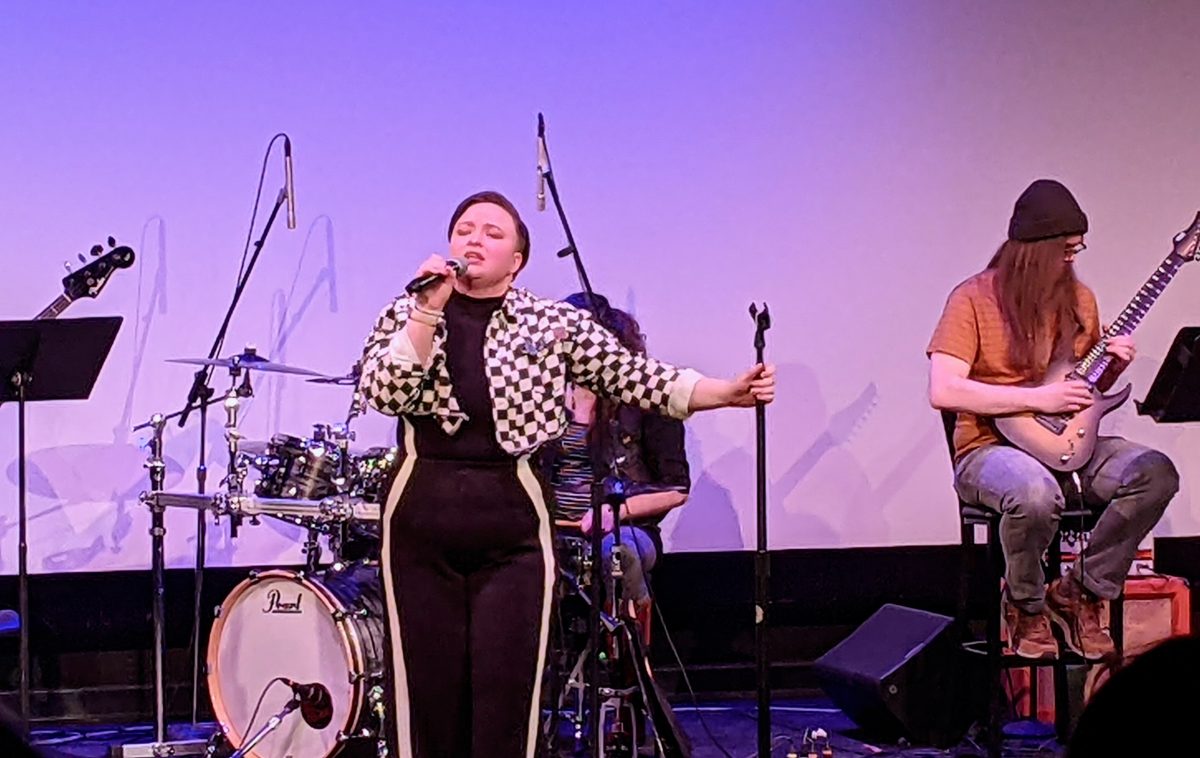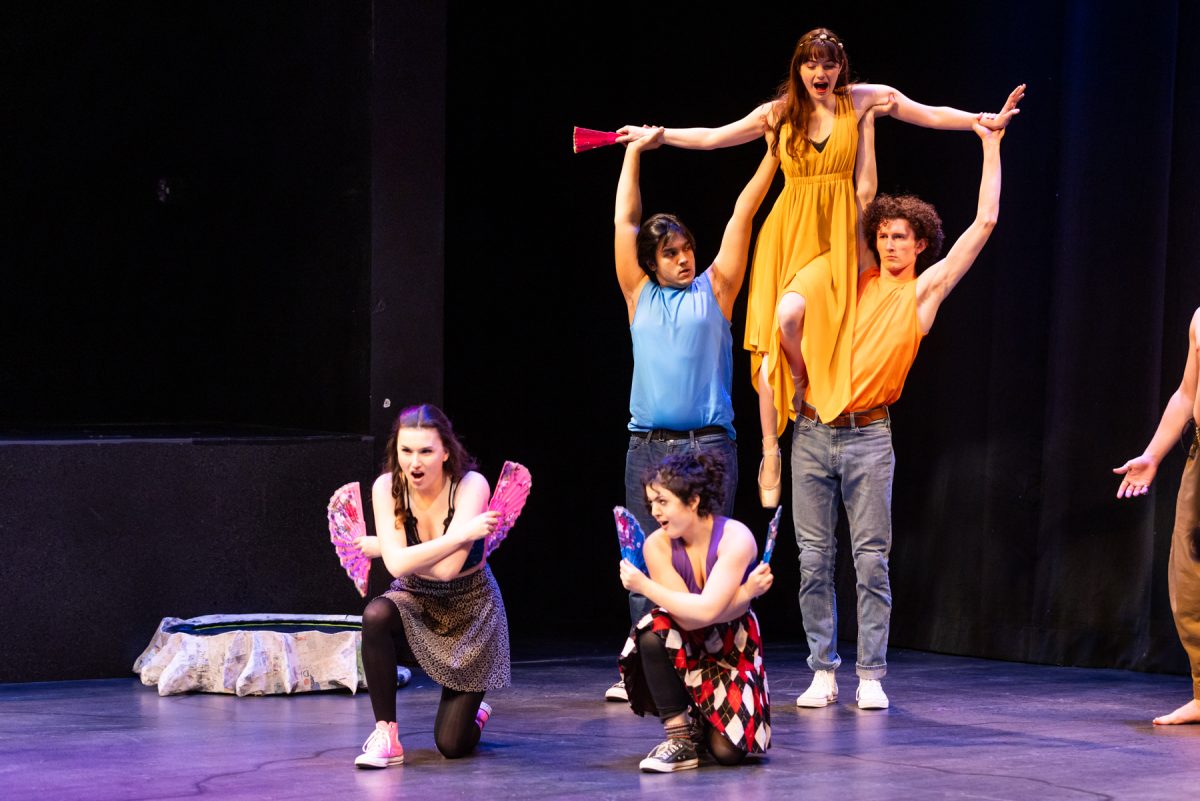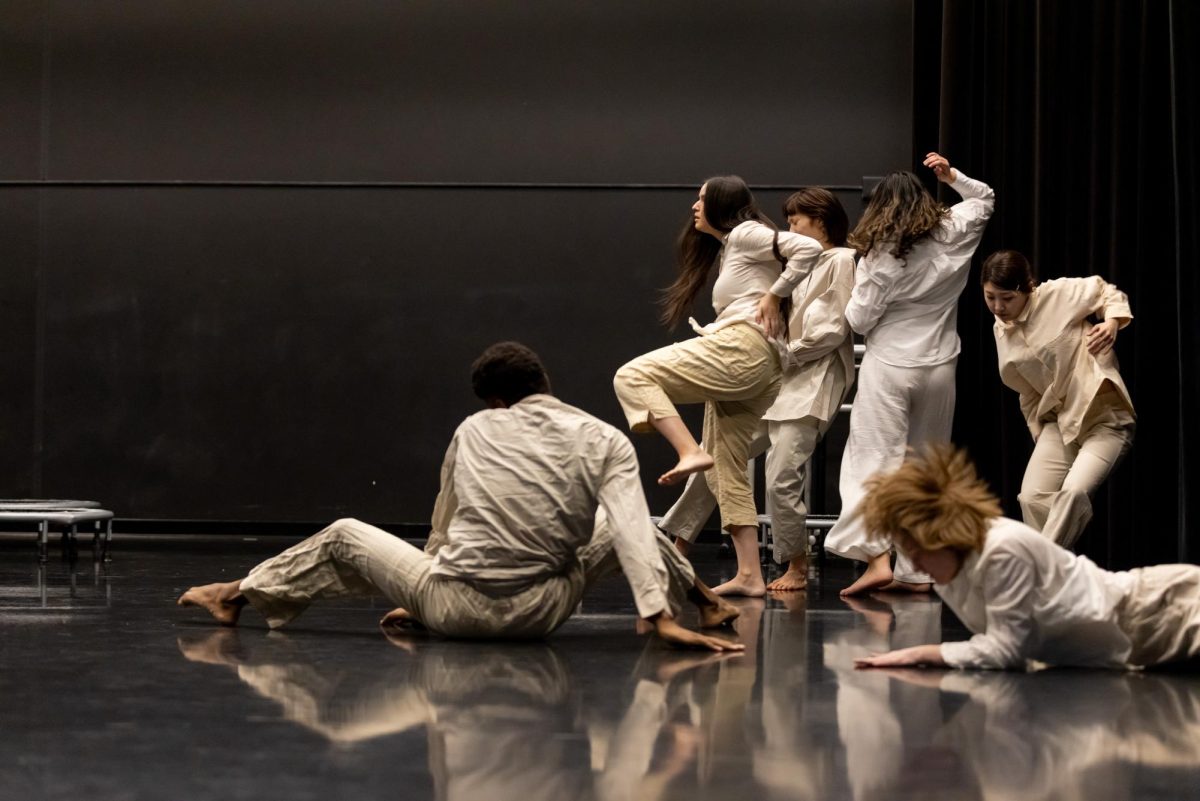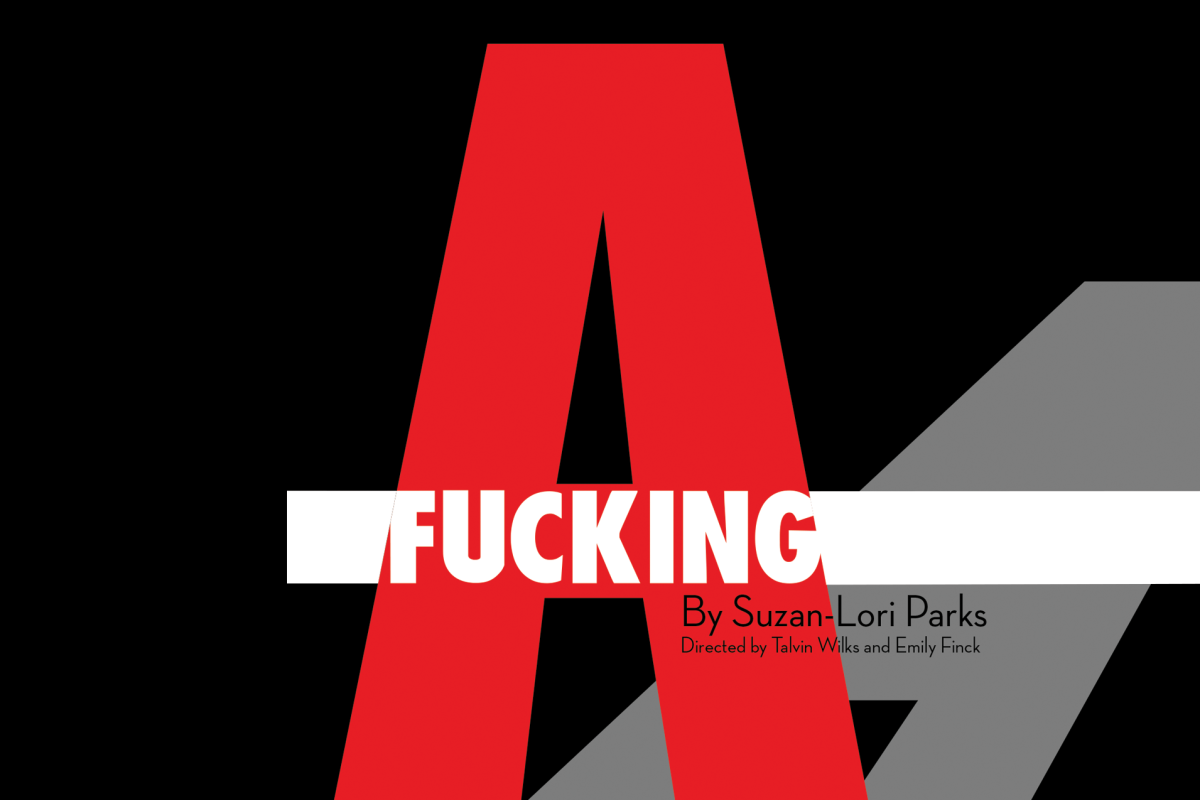Death arrives in Argentina on a freight train. Resembling a Western khaki-clad cowboy with fuzzy gray hair and oversized glasses, he enters through a bright, steam-filled doorway carrying a Polaroid camera, squinting and snapping mysterious photos as he limps rhythmically around the stage.
Soon after, the killing of “subversive” citizens haphazardly and methodically begins. If it weren’t for the Mothers of Plaza de Mayo, or performances such as “Crimes and Whispers: A Tango of Despair and Defiance,” the memories of those who disappeared would remain as hush-hush as the manner in which they were killed.
The 75-minute dance-drama “Crimes and Whispers” portrays through dance the memories of the frantic and emotive circumstances surrounding the mysterious disappearances of Argentine citizens during a military coup in the 1970s and 1980s.
The performance begins in a stifling, soggy-aired third floor studio on Hennepin Avenue. After a few unenthusiastic tango couples twirl around on stage, Death and his camera set the stage for a compelling, honest and sometimes melodramatic progression of events.
In the third scene, the lead character, Madre – played by Argentine artist Florencia Taccetti – receives a Polaroid of her murdered child. She twists, whirls and lurches out her anguish in a series of honest, intense movements.
The rest of the performance utilizes a unique blend of tango, modern dance and break-dancing as the cast twists and freezes against the set’s skyscape walls. Gerry Girouard, the principal choreographer for the performance, plays a military junta leader who roughhouses and detains a blindfolded victim through a dramatic tango scene entitled “Submission.”
Although the performance’s conceptual, physical framework and the melodrama are sometimes incompatible, it does succeed in capturing the raw emotion and collective denial that surround such a shadowy time in Argentina’s history.
One scene does a remarkable job of reenacting a 1978 World Cup game hosted by Argentina. The performers create an unlikely scene of flamboyance and overzealousness in acting out an athletic event. However, the scene takes on an eerie undertone because the audience is previously made aware that Argentine citizens are simultaneously being tortured 10 blocks away from the stadium crowds.
In all, the performance is well choreographed and produced. The seemingly simple set takes a jolted and revealing beating that is worth witnessing, and the tone and material provide the audience with an unnerving glimpse into horrific crimes of the past that have been stuffed into the collective unconscious of a country in denial.
















